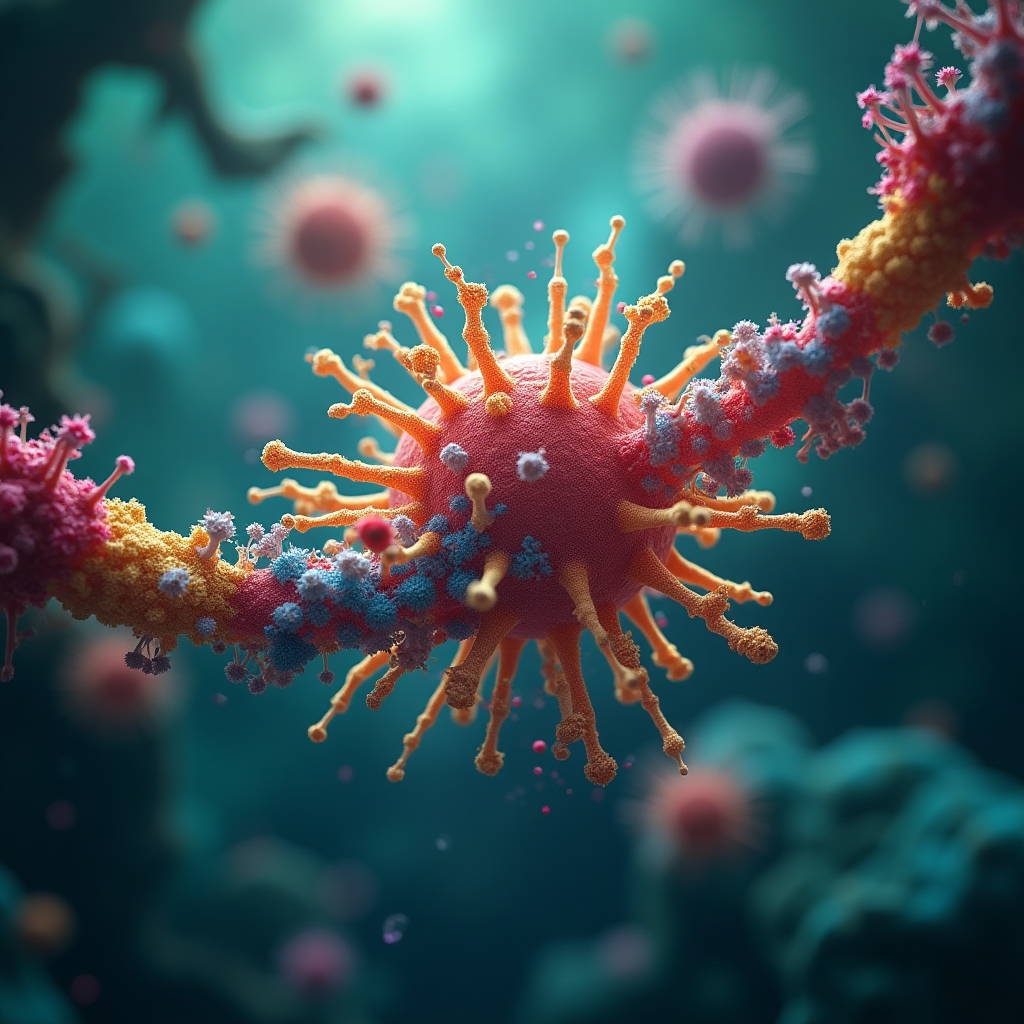In the hustle and bustle of our daily lives, finding time to exercise often gets tossed to the bottom of our to-do list. But what if 30 minutes of vigorous physical activity could significantly cut your risk of cancer cell growth? According to recent scientific findings, this might be far more than a dream—it could be a reality.
iN SUMMARY
- 📱 Vigorous exercise may reduce cancer cell growth by up to 30%.
- 🔍 Anti-cancer proteins are sparked during such workouts, improving body composition.
- 📊 Workouts aid survivors by reducing inflammation and recurrence risks.
- 🚀 A half-hour routine is accessible and fits into even the busiest of schedules.
According to a study shared on ScienceDaily, engaging in just half an hour of intense exercise can activate anti-cancer proteins and potentially reduce cancer cell growth by about 30%. This is a powerful incentive for survivors, fighters, and anyone who wants to reduce their cancer risks or aid in their recovery journey. But how does exercise transfer from our day-to-day routine into a potent weapon against disease?
Why Exercise Matters Beyond Physical Fitness
Think of exercise as a multi-tasking powerhouse. On the surface, it helps you maintain a healthy weight and build muscle. But beneath that, vigorous exercise can initiate processes that spark the production of beneficial proteins, enhancing your body's defense mechanisms. According to the National Cancer Institute, one effect of these proteins is their ability to inhibit cancer cell growth and spread.
The Mechanisms Behind the Magic
It's all about the body chemistry. When you engage in activities like running, cycling, or even a brisk walk, your body undergoes certain physiological changes. These include increased production of hormones and proteins—specifically, myokines and cytokines—which play a role in immune system regulation and inflammation control.
According to a report by NCBI, these proteins work by improving insulin sensitivity, reducing inflammation, and altering metabolism—all factors that can affect tumor growth and cancer progression. Essentially, exercise turns your own body into a more hostile environment for cancer cells.
Integrating Exercise Into Daily Life
For those living in vibrant cities like Toronto, New York, or Sydney, there are plenty of local resources to support a more active lifestyle. Many neighborhoods offer community fitness programs, scenic parks for jogging, and bicycle lanes for safe commuting. Embracing these resources can become an integral part of one's routine without requiring gym equipment or making a significant time commitment.
Simple Workouts to Get Started
- Running or Jogging: Just 30 minutes around your neighborhood can kickstart those anti-cancer proteins.
- Cycling: An excellent form of cardio that’s also environmentally friendly. Consider sharing or renting bikes in cities with bike-sharing systems.
- High-Intensity Interval Training (HIIT): Short bursts of intense exercises followed by brief rest can maximize workout efficiency.
- Dancing: Classes or at-home sessions are great, fun ways to get your heart pumping.
Many of these require little more than a comfortable pair of shoes or a basic yoga mat you can find here.
Testimonials from Survivors
Consider the story of Jane, a cancer survivor living in Seattle. After her diagnosis and treatment, Jane turned to daily walks. Eventually, those walks turned into runs, and now she participates in local half-marathons. “Exercise became my therapy,” Jane shares. “I felt empowered, knowing each step was a step further from cancer.” Her journey is a testament to how exercise can profoundly affect one’s recovery and overall health.
Practical Tips for Safe and Effective Workouts
- Start Slow: If you're new to exercise, begin with moderate-intensity workouts and gradually increase your pace and duration.
- Set Goals: Outline short-term and long-term fitness goals. Whether it's a 5K run or a 30-minute daily routine, having targets can keep you motivated.
- Listen to Your Body: Never ignore pain or fatigue. Rest days are just as crucial as active days to allow your body to recover.
- Stay Consistent: Regular exercise is more beneficial than sporadic, intense workouts. Try to incorporate physical activity into your daily routine.
Join the Conversation
We all have unique journeys and stories about how exercise, community, and determination play roles in our health. What would you do to incorporate more physical activity into your daily life? Have you or someone you know experienced health improvements from regular exercise? Share your thoughts in the comments and become part of iNthacity: the "Shining City on the Web." Let your story inspire others, and together, we can build healthier communities.
Whether you're lacing up your running shoes for the first time or the thousandth, remember: every step forward is a triumph. Exercise doesn’t just transform bodies; it heals hearts and minds too.
Disclaimer: This article may contain affiliate links. If you click on these links and make a purchase, we may receive a commission at no additional cost to you. Our recommendations and reviews are always independent and objective, aiming to provide you with the best information and resources.
Get Exclusive Stories, Photos, Art & Offers - Subscribe Today!
























Post Comment
You must be logged in to post a comment.